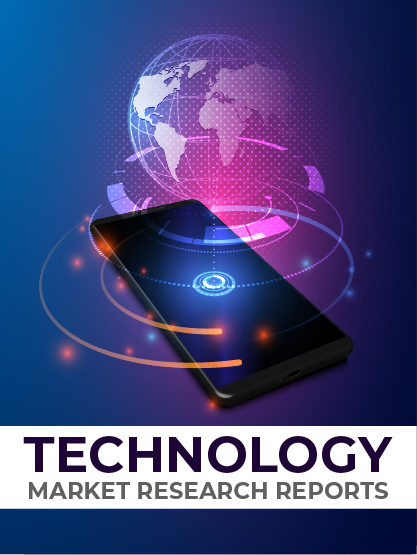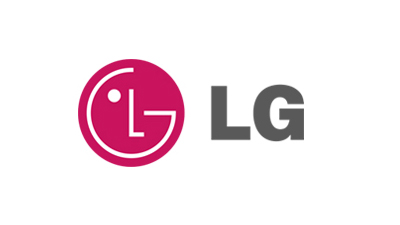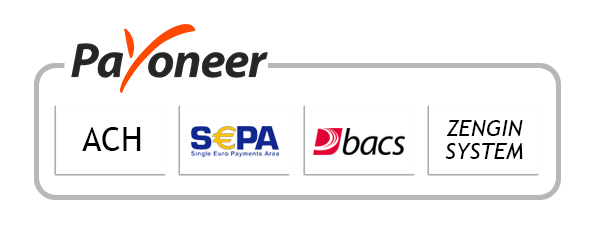
-
Report ID 138118 -
Published Date June 2023 -
Delivery Format PDF/PPT/Word -
Editor's Rating
-
Report Details
Report Overview
Generative AI in Science market refers to the application of generative artificial intelligence techniques in scientific research and discovery. It involves the use of AI algorithms and models to generate new scientific data, hypotheses, and insights across various scientific domains. The market is driven by the increasing need for accelerated scientific discovery, optimization of experimental designs, and the exploration of complex solution spaces.
The Generative AI in Science Market stood at USD 3.2 Bn in 2022 and the global market is projected to reach USD 45.9 Bn by 2032. The global industry is anticipated to expand at a CAGR of 31.4% between 2023 and 2032.
This growth will be driven by the increasing use of generative AI in a variety of scientific applications, such as:
- Drug discovery: Generative AI can be used to design new drugs and to predict their efficacy. This can help to speed up the drug discovery process and to reduce the cost of developing new drugs.
- Material science: Generative AI can be used to design new materials with desired properties. This can help to improve the performance of existing materials and to develop new materials with never-before-seen properties.
- Climate change research: Generative AI can be used to model the effects of climate change and to develop new solutions to mitigate climate change. This can help to protect the environment and to ensure the sustainability of the planet.
Key Takeaways
- Generative AI in Science is revolutionizing scientific research by enabling data-driven insights and accelerating the discovery process.
- The market offers opportunities for the development of AI models and algorithms tailored to specific scientific domains.
- Generative AI plays a larger role in hypothesis generation, molecular design, materials discovery, and optimization of experimental parameters.
- The largest market for Generative AI in Science is currently in the pharmaceutical and drug discovery industry.
- The market is experiencing rapid growth, driven by advancements in AI technologies and the increasing adoption of data-driven approaches in scientific research.
Largest and Fastest Growing Market
The pharmaceutical and drug discovery industry is currently the largest market for Generative AI in Science. The need for accelerated drug development, virtual screening of compounds, and prediction of molecular properties has driven the adoption of generative AI models. Additionally, the materials science sector is emerging as a fast-growing market, leveraging Generative AI for materials design, optimization, and discovery of novel properties.
Potential Opportunities
There are a number of potential opportunities for generative AI in science. These include:
- The development of new drugs and treatments for diseases.
- The design of new materials with improved properties.
- The development of new energy sources and technologies.
- The improvement of the understanding of climate change and its effects.
- The development of new methods of preventing and detecting crime.
Some Obstacles to the Continued Growth
There are a few obstacles that could hinder the continued growth of the generative AI market in science. These include:
- The high cost of developing and deploying generative AI solutions.
- The lack of skilled personnel with the knowledge and experience to use generative AI in science.
- The regulatory challenges associated with the use of generative AI in science.
Top Key Players in Generative AI in Science Market
- NVIDIA
- Insilico Medicine
- Atomwise
- Recursion Pharmaceuticals
- Intel
- Yseop
- BenevolentAI
- Other Key Players
Market Dynamics
Drivers
The growth of the generative AI market in science is being driven by a number of factors, including:
- The increasing demand for sustainable solutions.
- The increasing availability of data.
- The decreasing cost of computing power.
- The growing demand for personalized medicine.
- The increasing complexity of scientific problems.
Restraints
- Ethical and regulatory considerations surrounding the use of AI in scientific research.
- Limited availability of high-quality training data and domain-specific expertise.
- Interpretability and transparency challenges of generative AI models.
- Integration challenges with existing scientific workflows and infrastructure.
- Potential concerns about bias and generalization capabilities of generative AI models.
Opportunities
The generative AI market in science offers a number of opportunities, including:
- The development of new drugs and treatments for diseases.
- The design of new materials with improved properties.
- The development of new energy sources and technologies.
- The improvement of the understanding of climate change and its effects.
- The development of new methods of preventing and detecting crime.
Challenges
The generative AI market in science faces a number of challenges, including:
- The high cost of developing and deploying generative AI solutions.
- The lack of skilled personnel with the knowledge and experience to use generative AI in science.
- The regulatory challenges associated with the use of generative AI in science.
Market Segments
Based on the Deployment Model
- Cloud-based
- On-Premises
Based on Application
- Drug Discovery
- Material Science
- Medical Imaging and Healthcare
- Astrophysics and Astronomy
- Molecular Biology
- Other Applications
Based on End-User
- Pharmaceutical and Biotechnology companies
- Research Institutions and Academic Institutions
- Healthcare Providers
- Government Organizations
Key Regions and Countries
North America
- US
- Canada
- Mexico
Western Europe
- Germany
- France
- The UK
- Spain
- Italy
- Portugal
- Ireland
- Austria
- Switzerland
- Benelux
- Nordic
- Rest of Western Europe
Eastern Europe
- Russia
- Poland
- The Czech Republic
- Greece
- Rest of Eastern Europe
APAC
- China
- Japan
- South Korea
- India
- Australia & New Zealand
- Indonesia
- Malaysia
- Philippines
- Singapore
- Thailand
- Vietnam
- Rest of APAC
Latin America
- Brazil
- Colombia
- Chile
- Argentina
- Costa Rica
- Rest of Latin America
Middle East & Africa
- Algeria
- Egypt
- Israel
- Kuwait
- Nigeria
- Saudi Arabia
- South Africa
- Turkey
- United Arab Emirates
- Rest of MEA
FAQs
1. What is generative AI?
Generative AI is a type of artificial intelligence that can be used to create new data. This data can be in the form of text, images, or code. Generative AI is used in a variety of applications, including science, healthcare, and finance.
2. How can generative AI be used in science?
Generative AI can be used in science to improve the efficiency of scientific research and to accelerate the pace of discovery. For example, generative AI can be used to:
- Design new drugs and predict their efficacy.
- Design new materials with desired properties.
- Model the effects of climate change and develop new solutions to mitigate climate change.
- Improve the understanding of climate change and its effects.
- Develop new methods of preventing and detecting crime.
3. What are the benefits of using generative AI in science?
The benefits of using generative AI in science include:
- Increased efficiency of scientific research.
- The accelerated pace of discovery.
- Improved understanding of complex scientific problems.
- Development of new solutions to scientific problems.
4. What are the challenges of using generative AI in science?
The challenges of using generative AI in science include:
- The high cost of developing and deploying generative AI solutions.
- The lack of skilled personnel with the knowledge and experience to use generative AI in science.
- The regulatory challenges associated with the use of generative AI in science.
5. What is the future of generative AI in science?
The future of generative AI in science is promising. As technology continues to develop, it is likely that generative AI will be used in more and more ways to improve the scientific sector. Some potential future applications of generative AI in science include:
- The development of new drugs and treatments for diseases.
- The design of new materials with improved properties.
- The development of new energy sources and technologies.
- The improvement of the understanding of climate change and its effects.
- The development of new methods of preventing and detecting crime.
-
Table Of Content
Research Insights & Deliverables
 Development and Future Forecast
Development and Future Forecast Competitive benchmarking
Competitive benchmarking Company Revenue Statistics
Company Revenue Statistics Rising Regional Opportunities
Rising Regional Opportunities Technology Trends and Dynamics
Technology Trends and Dynamics Technology Assessment
Technology Assessment
-
Inquiry Before Buying
Research Insights & Deliverables
 Development and Future Forecast
Development and Future Forecast Competitive benchmarking
Competitive benchmarking Company Revenue Statistics
Company Revenue Statistics Rising Regional Opportunities
Rising Regional Opportunities Technology Trends and Dynamics
Technology Trends and Dynamics Technology Assessment
Technology Assessment
-
Request Sample
Research Insights & Deliverables
 Development and Future Forecast
Development and Future Forecast Competitive benchmarking
Competitive benchmarking Company Revenue Statistics
Company Revenue Statistics Rising Regional Opportunities
Rising Regional Opportunities Technology Trends and Dynamics
Technology Trends and Dynamics Technology Assessment
Technology Assessment














